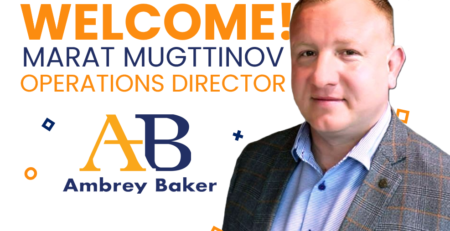DELIVERING CERTAINTY IN HIGH-HAZARD ENVIRONMENTS: Operating Safely on within COMAH Sites
The UK’s chemical industry is a cornerstone of the economy, generating more than £30 billion in annual exports and supporting thousands of jobs across the country. Yet behind the balance sheets and production figures lies one of the most highly regulated industrial landscapes anywhere in Europe. At the heart of this regime are the Control of Major Accident Hazards (COMAH) Regulations, designed to manage the risks associated with storing and processing dangerous substances at scale. For those who design, build and maintain these sites, the stakes could not be higher.
There are more than 950 COMAH establishments across the UK, ranging from fuel depots and refineries to chemical plants and even food factories using significant quantities of ammonia in their refrigeration systems. Each site is categorised as either upper or lower tier, depending on the nature and volume of hazardous materials on site, but all must demonstrate robust systems for prevention, containment and emergency response. The lessons of past incidents are never far away; the Buncefield explosion in 2005, which produced one of the largest fires seen in Europe since the Second World War, remains a defining reminder of what can happen when process safety and contractor control are not watertight.
For consultants, construction firms and hard FM providers, operating within this environment demands a very particular discipline. Work that may appear routine in a non-hazardous setting—excavation, welding, plant replacement—takes on an entirely different dimension when carried out inside a COMAH boundary. Every action must be scrutinised through the lens of process safety. Even seemingly minor activities such as HVAC servicing or roof maintenance can intersect with the site’s Major Accident Prevention Policy, permit-to-work systems and emergency procedures. For contractors, understanding the intricacies of hazardous area zoning, DSEAR compliance, and HAZOP outcomes is not simply desirable; it is non-negotiable.
The statistics underline this reality. Health and Safety Executive data shows that over 40% of major accident investigations have identified weaknesses in contractor control as a contributory factor. That figure alone demonstrates why the choice of project partners matters as much as the integrity of the process plant itself. In high-hazard environments there is no scope for learning curves—competence and assurance must be present from the outset.
This is where Ambrey Baker has built its reputation. With more than four decades of experience delivering complex projects for high-risk industries, the company has developed a culture in which safety is embedded, not bolted on. ISO 9001, ISO 14001 and ISO 45001 certifications provide the backbone of its management systems, ensuring that quality, environmental protection and occupational health and safety are embedded in every project, whether that is a new build, a refurbishment or an FM framework. But the company goes further. Its independent SHEQ Manager, Mark Kingston, provides a constant line of specialist oversight, bringing both independence and authority to the management of risk. His role ensures that safety, health, environmental and quality performance is not treated as compliance paperwork but as a proactive driver of standards.
Regular training is another defining feature. Teams are not only inducted to site-specific requirements but also undergo COMAH-focused programmes covering hazardous area awareness, confined spaces, emergency preparedness and behavioural safety. By investing in training as a continuous process rather than a one-off exercise, Ambrey Baker maintains a workforce capable of engaging with the complexities of chemical and high-hazard environments, whether that involves integrating BIM into design stages to model hazardous zones or planning access routes to avoid interference with safety systems.
The benefits of this approach flow directly to clients. Projects are delivered with reduced downtime and smoother regulatory interaction, while risks to the operator’s licence to operate are minimised. For chemical manufacturers balancing competitiveness with compliance, the value of having a partner who understands both the technical and regulatory landscape is difficult to overstate.
Decommissioning redundant facilities must be managed with the same care as building new ones. Investments in new process plant demand construction that does not just meet current regulatory standards but anticipates the more stringent frameworks of tomorrow. In this context, the ability to deliver certainty—through rigorous management systems, independent oversight, and a culture of continuous improvement—will define which contractors and consultants are truly trusted partners.
Ambrey Baker’s track record in these environments shows how this certainty can be achieved. By combining deep sector experience with internationally recognised standards, continuous training and dedicated SHEQ leadership, the company continues to support the chemical sector in balancing its obligations to safety, sustainability and productivity. On COMAH sites, where the margin for error is vanishingly small, this kind of partnership is not simply advantageous—it is essential.











